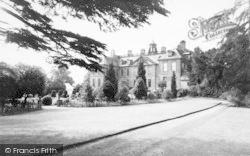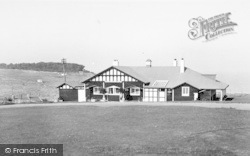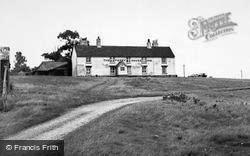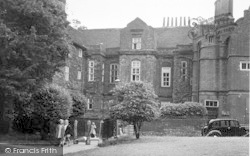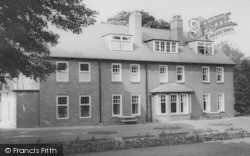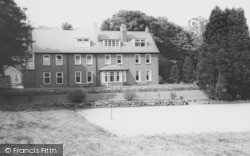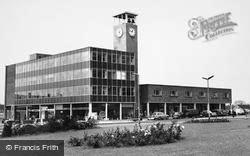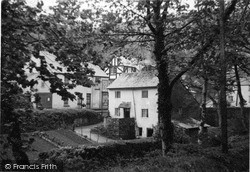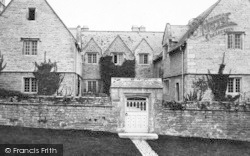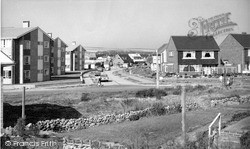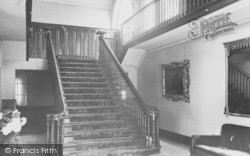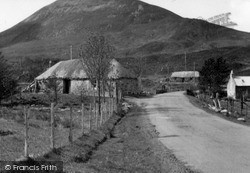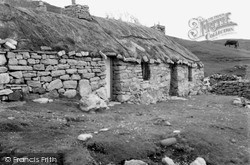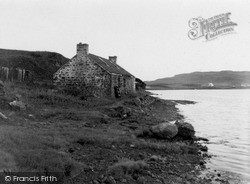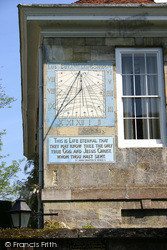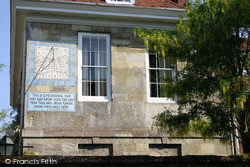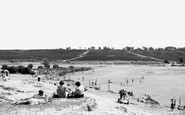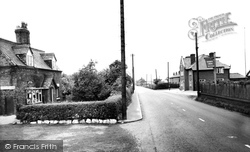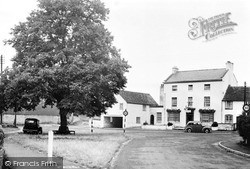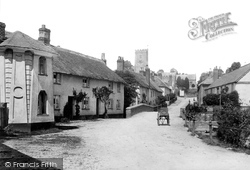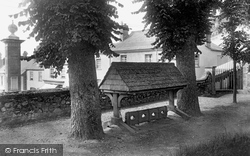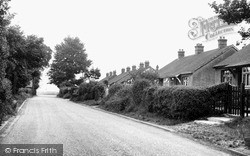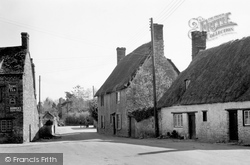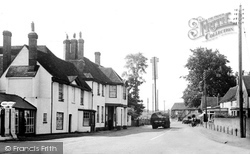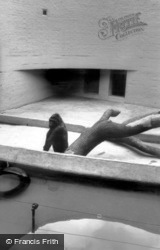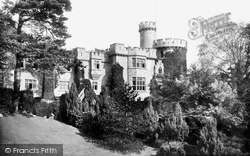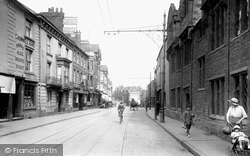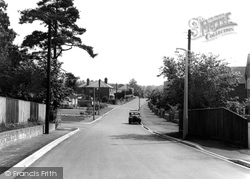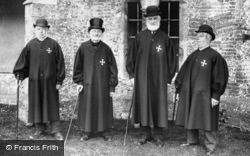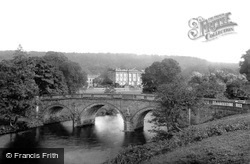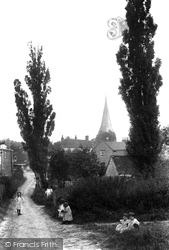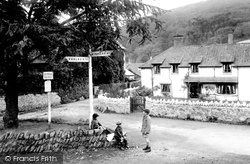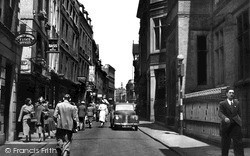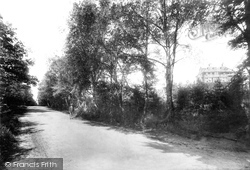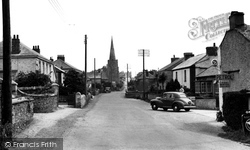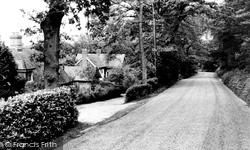Places
36 places found.
Those places high-lighted have photos. All locations may have maps, books and memories.
- Chatsworth House, Derbyshire
- Osborne House, Isle of Wight
- Brambletye House, Sussex
- Ickworth House, Suffolk
- Kingston Lacy House, Dorset
- Boscobel House, Shropshire
- Preshute House, Wiltshire
- Bolton Houses, Lancashire
- Brick Houses, Yorkshire
- Quaking Houses, Durham
- Water Houses, Yorkshire
- Bottom House, Staffordshire
- New House, Kent
- Mite Houses, Cumbria
- Lyneham House, Devon
- Church Houses, Yorkshire
- Dye House, Northumberland
- Spittal Houses, Yorkshire
- Street Houses, Yorkshire
- Tow House, Northumberland
- Halfway House, Shropshire
- Halfway Houses, Kent
- High Houses, Essex
- Flush House, Yorkshire
- White House, Suffolk
- Wood House, Lancashire
- Bank Houses, Lancashire
- Lower House, Cheshire
- Marsh Houses, Lancashire
- Chapel House, Lancashire
- Close House, Durham
- Guard House, Yorkshire
- Hundle Houses, Lincolnshire
- Hundred House, Powys
- Thorley Houses, Hertfordshire
- School House, Dorset
Photos
7,776 photos found. Showing results 2,321 to 2,340.
Maps
370 maps found.
Books
1 books found. Showing results 2,785 to 1.
Memories
10,360 memories found. Showing results 1,161 to 1,170.
My First Boyfrield Was From Splott
My first boyfriend was John Hawkins, he lived in Splott. My name was Christine Morris then and I lived in no 8 Rossily Road, Rumney with my aunty Eunice Lloyd and my cousin Dennice. I loved living down there. I ...Read more
A memory of Splott in 1961
Place Of Birth
I was born in Catfoss at Astral House. Is there anybody out there who knows of this place and where it is today? dmoore@leedsth.nhs.uk 8,ls14 1 br
A memory of Catfoss Grange in 1947 by
Little Pond House At Tilford
My wife's health was not that good, and, in 1961, she was sent for a recuperative fortnight at the Little Pond House. It was a convalescent home for children used by the NHS and had also been home to children from ...Read more
A memory of Frensham by
Collyhurst
I was born at 528 Collyhurst Road, in 1961. I remember there was a shop at the end of the road and a croft facing our house. My dad worked on the railway and my mum stayed home to look after us. I went to Albert Memorial Nursery ...Read more
A memory of Collyhurst in 1860 by
Jack Garside And Mucky Minnie
Does anyone remember 'Spring-heeled Jack' and 'Mucky Minnie', the local tramp and his partner from the market place? Well, we do, and we also bought his house to sell on. My husband still has the scars from the flea bites to prove it.
A memory of Birstall by
Finding My Roots
I was born in 1952 in Church Lane in my granddad's house which we all lived in, it had no electric or gas, only oil lamps as I know, I have still got one that my dad got new the day I was born, a bialladin table model, ...Read more
A memory of Carlton in Lindrick in 1952 by
Buying Sixpence Worth Of Stale Buns
I remember as a wee girl going with my brother Donald to buy sixpence worth of stale buns. I don't remember the bakers but it was behind Boots the Chemist. It was always a treat if your mum had a spare sixpence and ...Read more
A memory of Ayr in 1967 by
Grandfathers Memories
My grandfather was born in Cobham on Painshill. My memory is that it was on a slight hill with a slight bend, the Greenline bus used to stop near the old home, it was a cottage with a porch and had a very thick door with big ...Read more
A memory of Cobham in 1946 by
The 1950s
Though I have some recall of the 1940s - eg starting school in 1948 at the age of three and a half and being reluctant to get off a rocking horse on the first day, it was the 1950s that really kicked in - to the accompaniment of songs ...Read more
A memory of Corwen in 1950 by
My Parents And I Lived In Ashby Close Burton On The Wolds 1940 To1942
My father, Emilio de Althaus, and my mother Blanca spent weekends in Ashby Close, property of the Lembke family. My father was a Peruvian diplomat in London and came ...Read more
A memory of Burton on the Wolds in 1940 by
Your search returned a large number of results. Please try to refine your search further.
Captions
6,977 captions found. Showing results 2,785 to 2,808.
Dutton post office, on the left, has gone, and been replaced by a new housing estate.
With all those pilgrims coming to visit what they thought was Mary Arden`s house, it was obviously necessary for Wilmcote to provide refreshments and accommodation, and The Swan did just
The unusual house on the left was demolished soon after this photograph was taken.
The original wooden stocks are now very fragile, and are protected by the later housing we see here. To the left is the stone monument commemorating Queen Victoria's
Wash Road was a road of many farms: Watch-House, Mundell's, Petchey's, Benson's, Puckle's, Sellers, and Laindonponds.
Signs on the wall of the house on the left advertise Lyon's Tea, Red Bell Tobacco and Borwick's Baking Powder.
In the 1960s, housing estates emerged everywhere, and Hook was to be no exception. Until this time growth had been gradual; now it has soared.
This is a narrow street of 18th- and 19th-century houses leading down to the harbour.
The site is now occupied by sheltered housing.
However, it is hard to be impressed by the sterility of this brutal-looking enclosure which houses a highly intelligent animal whose native habitat is densely vegetated.
This view was taken looking towards the south side of the Watch Tower and Round Tower and the Mansion House. This was designed by A S Goodridge of Bath.
This view is taken from beside the 17th-century pre-fire stone survivor, Hazelrigg House, looking east along the tram tracks, with the road widening towards Horse Market.
The road has a pleasing variety of house styles, often with long gardens in front.
The Hospital of St Cross was founded by Bishop Henry de Blois in 1136 and is the oldest almshouse in England, originally built to house, clothe and feed 'thirteen poor impotent men, so reduced in strength
The bridge in the foreground is the main entrance to the house; the water is the Derwent, en route to its confluence with the Wye south of Rowsley.
This charming village on the river Derwent is dominated by the grounds of Chatsworth House. This section of the area is the old village known as Nether End.
This rural lane is now unrecognisable, being a tarmac road leading to a car park, the library and a council estate, although the church with its broach spire and the High Street houses on the skyline remain
Today the cross is shaded by trees, but the cottage behind, known as Well House, is still recognisable.
Behind is Cross Lane House, which was a working farm until 1968 and is now run as a restaurant and hotel.
On the left at the corner of Pepper Street is Lloyd's Coffee House, famous for its cakes and pastries.
The village also had a butcher, another grocer, two boot makes, an undertaker, a plumber, two carpenters, a market gardener and bee keeper and an insurance agent, as well as the three public houses.
The house on the right is the Beacon, one of the more substantial residences in Victorian and Edwardian Fleet.
The houses and telephone box are the same today, but a public toilet has replaced the hedge on the left.
Several substantial new houses have been built on the left of the road in recent years.
Places (80)
Photos (7776)
Memories (10360)
Books (1)
Maps (370)



